19 Fascinating Animals You’ve Never Heard Of
The animal kingdom is full of surprises, with countless species that many people have never heard of. From mysterious deep-sea creatures to odd land dwellers, these animals will make you rethink what you thought you knew about wildlife. If you love discovering new and unusual creatures, here are 19 fascinating animals that might just leave you in awe.
1. Axolotl

The axolotl, also known as the “Mexican walking fish,” is an amphibian that never fully matures, staying in its larval stage throughout its life. With external gills and a constant smile, it has the unique ability to regenerate limbs. Found naturally only in lakes near Mexico City, the axolotl is critically endangered in the wild but popular in home aquariums for its charming appearance.
2. Saiga Antelope

The saiga antelope looks like something out of a science fiction movie with its large, bulbous nose. This animal, found in the grasslands of Central Asia, uses its unique nose to filter dust and cool the air during the hot summer months. Unfortunately, the saiga is critically endangered due to poaching and habitat loss, making it one of the world’s most threatened species.
3. Irrawaddy Dolphin
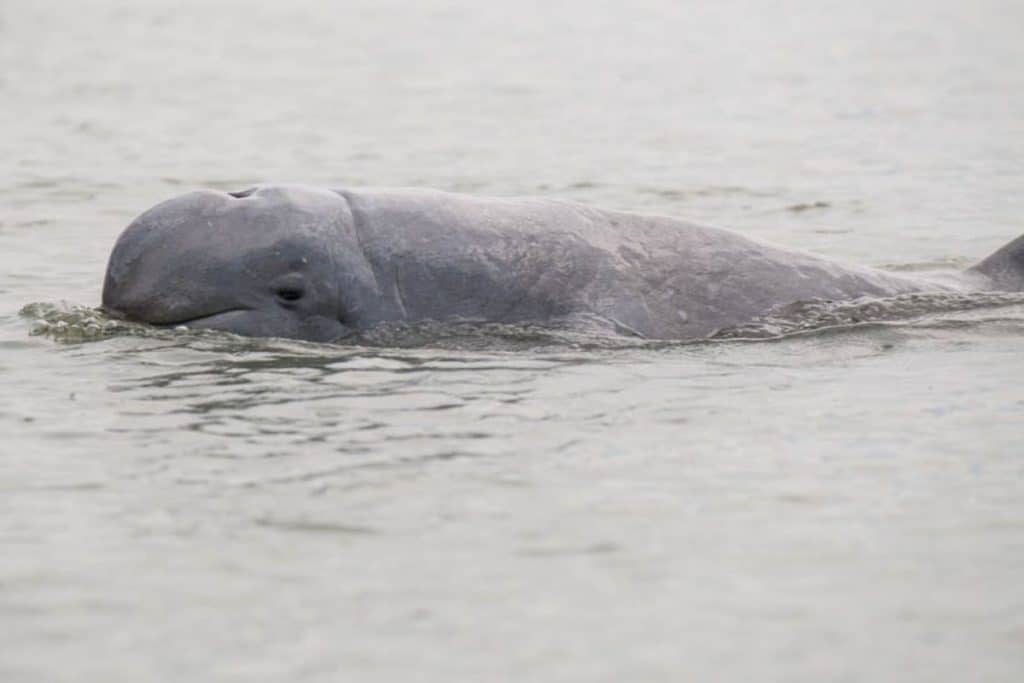
The Irrawaddy dolphin is a freshwater dolphin with a rounded forehead and no pronounced beak, making it look more like a beluga whale than a typical dolphin. Found in Southeast Asia’s rivers and coastal areas, this dolphin is shy and slow-moving. It’s well adapted to river life, using sonar to navigate murky waters. Its mysterious nature and endangered status make it a rare sight.
4. Aye-Aye

The aye-aye is a nocturnal lemur native to Madagascar, known for its strange appearance. With its large, bat-like ears and long, thin fingers, it uses echolocation to find insects hidden inside tree bark. The aye-aye’s middle finger is especially long and acts like a tool, tapping on trees to locate food. Though it may look creepy, this animal plays an important role in its ecosystem.
Follow us for more of these articles.
5. Dumbo Octopus

Named after the Disney character due to its ear-like fins that resemble Dumbo’s ears, the Dumbo octopus lives in the deep sea at depths of up to 13,000 feet. Unlike most octopuses, it swims by flapping its fins rather than using jet propulsion. This small, adorable octopus is rarely seen due to its deep-sea habitat, but its unique appearance has captured the fascination of marine biologists.
6. Fossa

The fossa is Madagascar’s top predator, resembling a mix between a cat and a mongoose. Though it looks like a large feline, the fossa is more closely related to the mongoose family. It is a skilled hunter, spending as much time in trees as on the ground. The fossa’s long tail and sharp claws help it chase lemurs through the forests, making it a dominant force in its ecosystem.
Follow us for more of these articles.
7. Red-Lipped Batfish

The red-lipped batfish is a fish species that looks like it’s wearing bright red lipstick. Found near the Galápagos Islands, this bottom-dweller uses its fins to “walk” along the seafloor rather than swim. Its distinctive red lips are thought to play a role in attracting mates, making it one of the more bizarre-looking fish in the ocean.
8. Pink Fairy Armadillo

The pink fairy armadillo is the smallest species of armadillo, and its pale pink shell sets it apart. Found in Argentina’s grasslands, this tiny creature is a burrowing animal, spending much of its time underground. Its shell helps protect it as it digs through the soil in search of food. Despite its odd appearance, the pink fairy armadillo is rarely seen in the wild.
Follow us for more of these articles.
9. Okapi

Often referred to as a “forest giraffe,” the okapi is a striking animal with the body of a giraffe and zebra-like stripes on its legs. Found in the dense rainforests of the Democratic Republic of Congo, the okapi is a shy, solitary creature. Its long neck allows it to reach high leaves, while its unique pattern provides camouflage in the forest.
10. Glaucus Atlanticus (Blue Dragon)

The Glaucus atlanticus, commonly known as the blue dragon, is a small but stunning sea slug. Its bright blue color and wing-like appendages make it look like a tiny dragon floating in the ocean. This creature floats on the surface of the water, feeding on venomous prey like the Portuguese man o’ war and storing the toxins to use for its own defense.
Follow us for more of these articles.
11. Tuatara
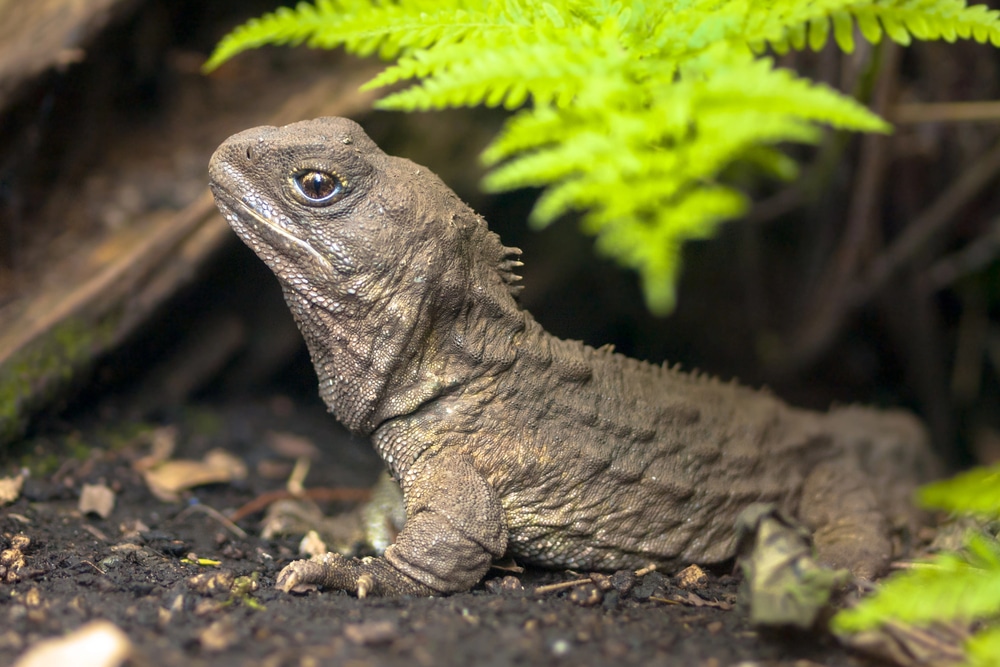
The tuatara is often mistaken for a lizard but is actually the only surviving member of an ancient group of reptiles that lived 200 million years ago. Native to New Zealand, the tuatara has a “third eye” on the top of its head, which is believed to help it detect light and regulate its body’s seasonal rhythms. This living fossil is a unique link to the distant past.
12. Maned Wolf
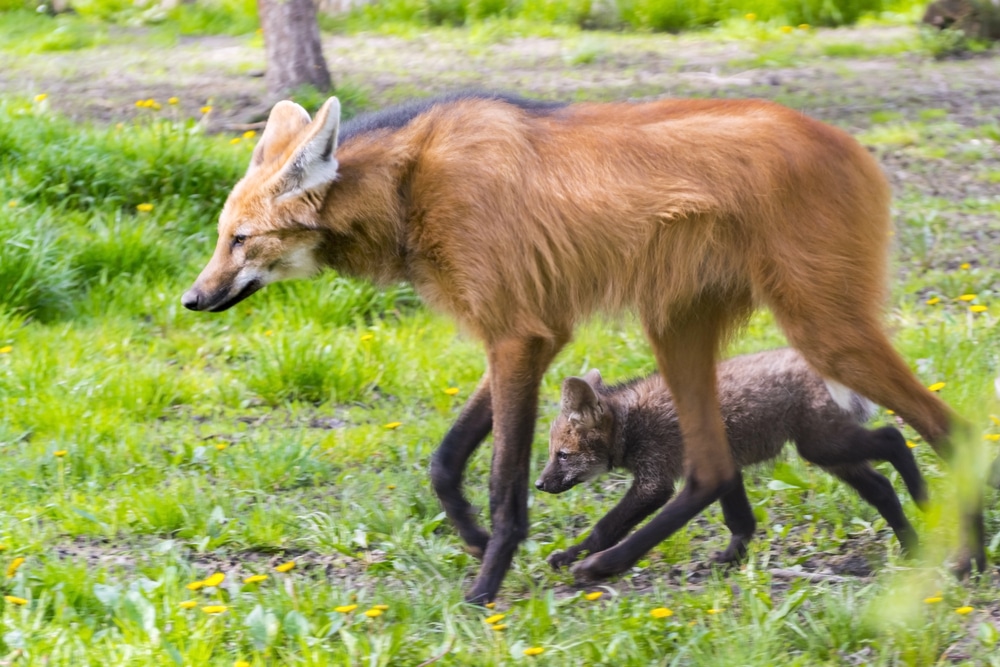
Despite its name, the maned wolf is neither a wolf nor a fox but rather a distinct species of wild canid found in South America. Its long, stilt-like legs and reddish fur give it a unique, almost mythical appearance. Known for its solitary nature and high-pitched roar-barks, the maned wolf is an elusive creature that plays a vital role in controlling rodent populations in its habitat.
Follow us for more of these articles.
13. Naked Mole-Rat

The naked mole-rat is one of the strangest creatures in the animal kingdom, known for its hairless, wrinkled body and eusocial behavior, similar to ants or bees. These rodents live in underground colonies with a queen and worker system. Found in East Africa, naked mole-rats are almost immune to cancer and can survive without oxygen for long periods, making them of great interest to scientists.
14. Gerenuk
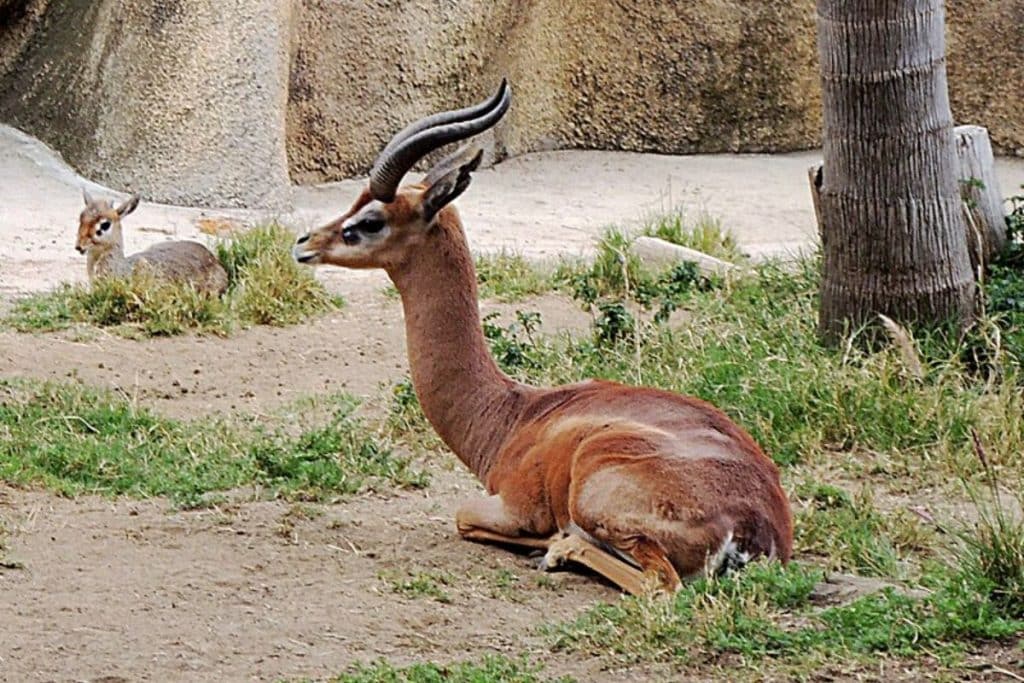
The gerenuk is an antelope species with an extraordinarily long neck, allowing it to stand on its hind legs and reach high branches to feed. Found in the arid regions of East Africa, this unique feeding behavior makes it look almost giraffe-like. Gerenuks are shy creatures, but their slender bodies and unusual posture make them a fascinating sight in the wild.
Follow us for more of these articles.
15. Star-Nosed Mole

The star-nosed mole is known for the 22 fleshy, pink appendages surrounding its nose, which it uses to detect prey. These sensitive tentacles make the star-nosed mole one of the fastest eaters in the animal kingdom, detecting and consuming food in milliseconds. Found in wetlands of North America, this odd-looking mole spends most of its life underground, relying on its “star” for survival.
16. Quokka
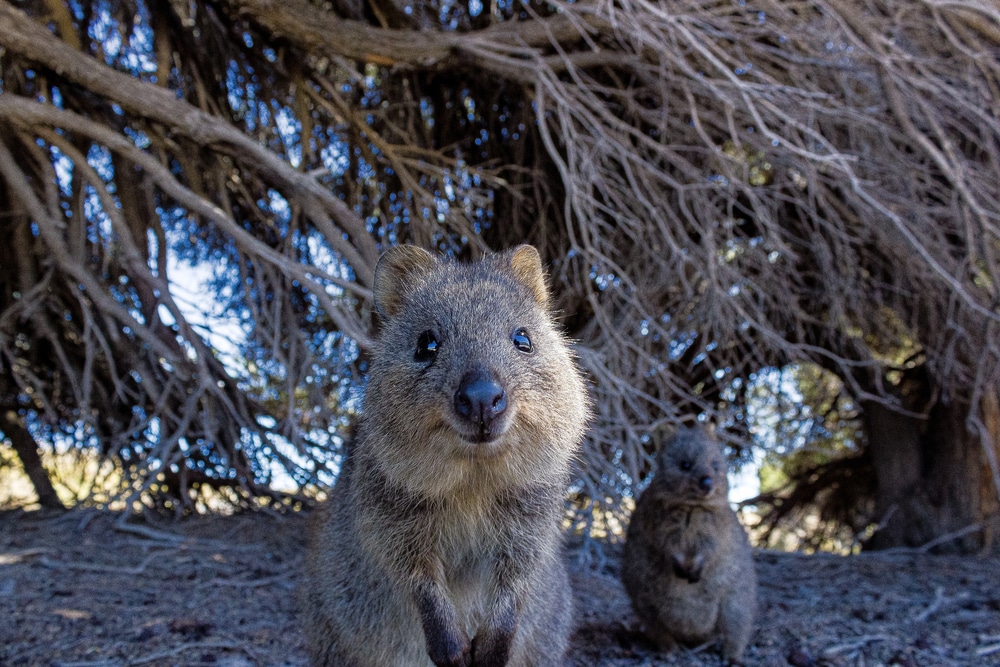
The quokka, often dubbed the “happiest animal on Earth” due to its permanent smile, is a small marsupial native to Australia. These friendly creatures are herbivores and are known to approach humans with curiosity. Their cute appearance and calm demeanor have made them internet sensations, but they remain vulnerable in the wild due to habitat destruction.
Follow us for more of these articles.
17. Sunda Colugo
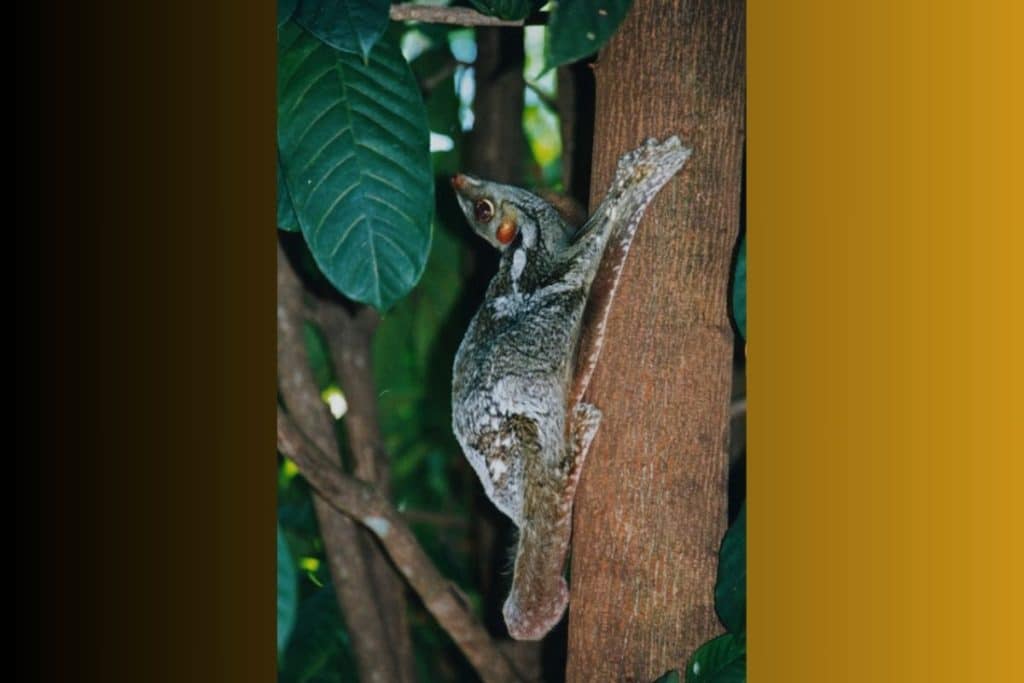
The Sunda colugo, or flying lemur, is not actually a lemur but a gliding mammal found in Southeast Asia. It has a membrane of skin stretching from its neck to its limbs, allowing it to glide long distances between trees. These nocturnal creatures are rarely seen and spend most of their time in the treetops, blending in with the forest canopy.
18. Yeti Crab

The yeti crab is a deep-sea creature with long, hairy arms that resemble those of the mythical yeti. Discovered near hydrothermal vents in the South Pacific, this crustacean uses its hairy claws to farm bacteria, which it then eats. Living in such extreme environments, the yeti crab’s ability to thrive in complete darkness and high temperatures makes it a true marvel of nature.
Follow us for more of these articles.
19. Shoebill Stork

The shoebill stork is a large, prehistoric-looking bird with a massive, shoe-shaped bill. Native to the swamps of East Africa, this bird is known for its slow movements and haunting stare. Despite its awkward appearance, the shoebill is a skilled hunter, using its powerful beak to catch fish, frogs, and even small crocodiles. Its dinosaur-like features make it one of the most fascinating birds alive today.
Like our content? Be sure to follow us!






